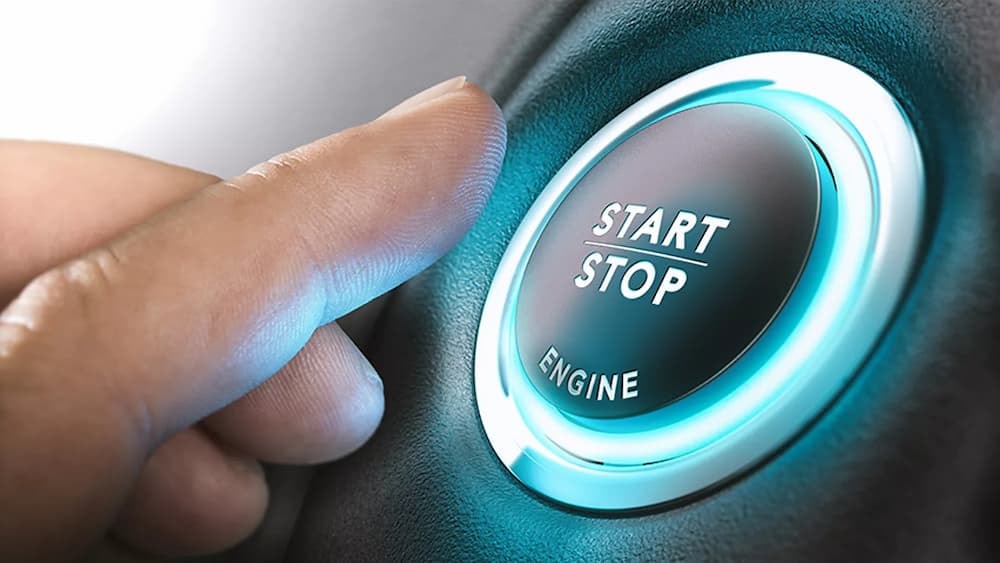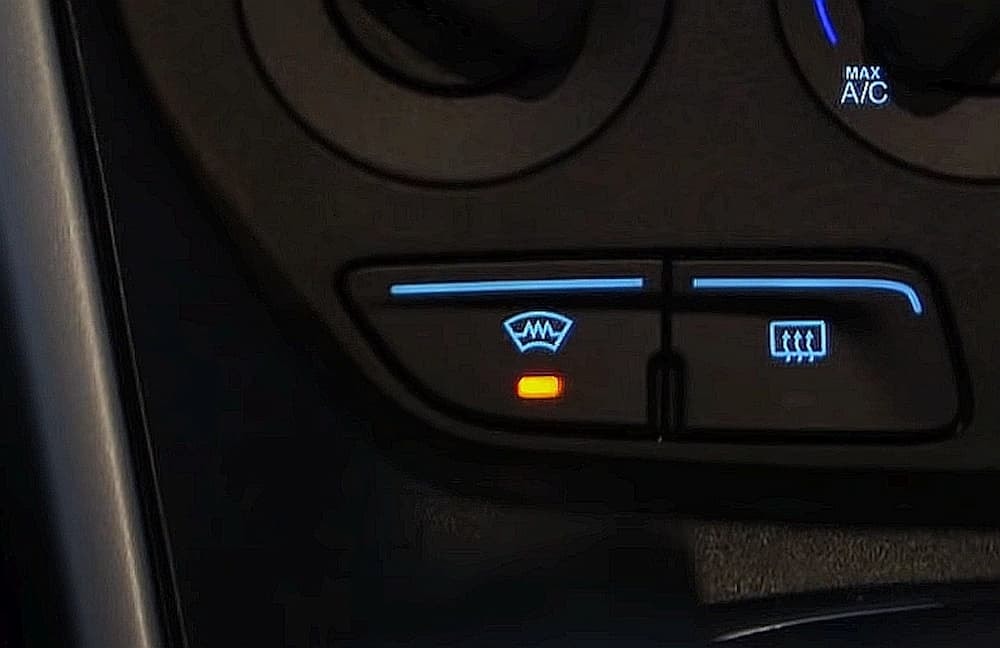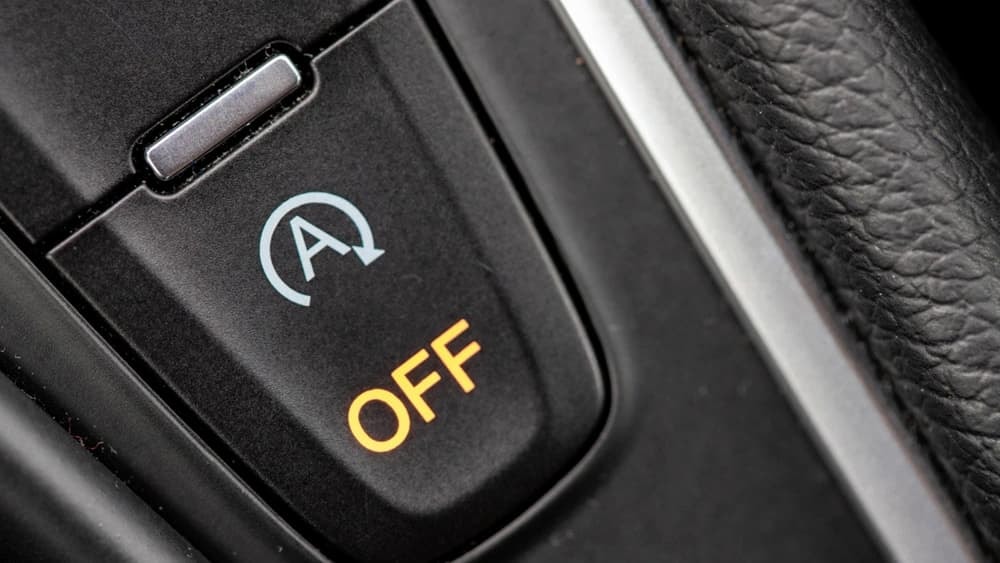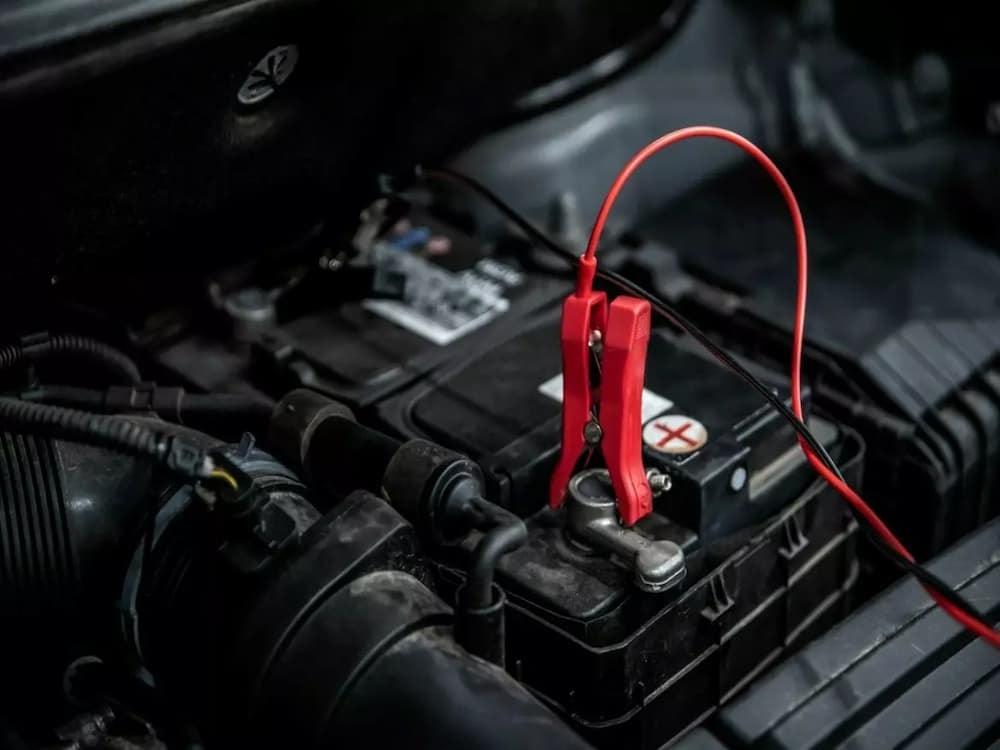Modern automotive industry increasingly relies on technologies designed to reduce fuel consumption and exhaust emissions. One such solution is the start-stop system, which has become almost standard in new cars. Although it may seem simple, its operation, effectiveness, and impact on driving comfort and vehicle operation raise many questions. How exactly does the start-stop system work, what are its benefits, what are its drawbacks, and how can it be deactivated? Let's find out.
How does the start-stop system work?
Many modern car owners are unaware of how the start-stop system works. The start-stop system is electronic system, the aim of which is automatic engine shutdown and restart when the vehicle is stationary – most often at traffic lights or in a traffic jam. This allows the vehicle to remain stationary when not in motion, it doesn't consume fuel, which translates into lower CO2 emissions and less resource consumption.

In practice, when the driver stops the vehicle and presses clutch pedal (in cars with manual transmission) or brake pedal (in the case of models with automatic gearbox), start-stop system activates and leads to engine shutdownAs soon as the driver press the clutch pedal or takes your foot off the brake – this happens restarting the engine and the car is ready to continue driving.
Warto podkreślić, że systemy start stop projektuje się z myślą o jak największej płynności działania. W nowoczesnych samochodach stosuje się specjalne rozruszniki o podwyższonej trwałości, a także wzmocnione akumulatory, które mają za zadanie sprostać dodatkowym obciążeniom związanym z częstym uruchamianiem silnika. Teoretycznie, kierowca podczas jazdy nie powinien zauważyć opóźnień, a samo przełączanie pomiędzy trybem pracy i postoju powinno być niemal niezauważalne. Praktyka jednak pokazuje, że to tylko mrzonki.
When does the start-stop system work properly?
Although the operation of the system seems simple, in practice it depends on many factors. Start-stop system in the car only works when certain technical and environmental conditions are met. Here are the most important of them:
- Engine temperature – too low or too high may prevent the system from operating.
- Battery charge level – if the battery is too weak, the system will not work.
- Heated windows and other burdensome functions electrical system can deactivate the system.
- Outside temperature – in severe frosts, the system may be automatically turned off.
- Seat belts fastened, closed door.
This is why it happens that the system does not work despite the vehicle being stopped. This is not a fault, but rather the result of safety measures designed to protect drive unit and driver comfort.
Nie bez znaczenia jest również to, że producenci stosują coraz bardziej rozbudowane algorytmy, które biorą pod uwagę nie tylko parametry pojazdu, ale także styl jazdy kierowcy. System może uczyć się, w jakich sytuacjach kierowca najczęściej się zatrzymuje i przewidywać kolejne postoje, aby zwiększyć komfort użytkowania.

Co daje system start stop w samochodzie?
Funkcja start-stop above all, it provides fuel savings – especially in urban environments where frequent stops are the norm. In theory, the system could reduce fuel consumption by up to 5–10% in the urban cycle. Additionally, thanks to the start-stop system:
- is decreasing exhaust emissions, which is beneficial for the environment,
- the overall efficiency of the vehicle improves,
- the car is more ecological – which may affect usage fees in some cities.
Trzeba jednak pamiętać, że realne oszczędności zależą w dużej mierze od warunków eksploatacji. W ruchu miejskim, gdzie światła i korki są codziennością, różnica może być większa, natomiast podczas jazdy w trasie, wpływ systemu na spalanie jest marginalny. Dodatkową korzyścią jest cichsza praca pojazdu na postoju – szczególnie w gęstej zabudowie miejskiej, gdzie wyłączony silnik ogranicza hałas i poprawia komfort otoczenia.
When does the system not start?
Many drivers notice that start-stop system doesn't always work. This is often the result of not meeting the previously mentioned conditions. Additionally, problems can arise from:
- sensor faults responsible for monitoring vehicle parameters,
- too low battery voltage,
- deep discharge of the system,
- control software errors.
In such situations, dashboard appropriate information about system inactivity may appear.
Warto zaznaczyć, że w przypadku powtarzających się problemów z działaniem systemu, przyczyną może być nie tylko akumulator czy czujniki, ale również niewidoczne dla użytkownika aktualizacje oprogramowania. Producenci często wprowadzają zmiany w logice systemu poprzez aktualizacje serwisowe, co oznacza, że zachowanie systemu start-stop może różnić się w zależności od wersji oprogramowania, nawet w tym samym modelu pojazdu.ce rozdzielczej appropriate information about system inactivity may appear.
Deactivating the start-stop system
Many people ask themselves the question – is it possible turn off the start-stop system? The answer is yes, but it's not always a permanent solution. Most manufacturers provide dedicated button to temporarily disable the system – but only until the engine is restarted. After the next start, this function reactivates.

That's why more and more drivers are looking for alternative deactivation methods – especially those who feel that the system reduces driving comfort or negatively affects the technical condition of the vehicle.
Disadvantages of the start-stop system
Although the start-stop system has many advantages, is not free from defects. Above all:
- Frequent engine shutdowns may lead to faster wear of some components – including starter, batteryand even exhaust system.
- For many drivers, the system reduces driving dynamics, especially when moving off quickly.
- Starting the engine may not be instantaneous – which is especially noticeable in older vehicles or when the battery charge is low.
- The system may not function predictably – which can sometimes cause irritation.
- Additionally, when driving in traffic jams, constant automatic engine shutdown and start may be more troublesome than useful.
Some users also complain about increased fuel consumption in situations where restarting the engine occurs very often.

System start stop a komfort jazdy w mieście
W codziennej jeździe miejskiej, system start-stop może wpływać na odczuwalny komfort kierowcy. W korkach i przy częstych zatrzymaniach, silnik włącza się i wyłącza wielokrotnie, co może powodować delikatne wibracje, lekki hałas Whether chwilowe opóźnienie w reakcji pojazdu na dodanie gazu. Dla niektórych kierowców taki efekt bywa irytujący, zwłaszcza przy krótkich postojach na światłach, gdzie oczekują płynnego ruszania.
ZENBOX PRO – deactivate the start-stop system in the blink of an eye
If you are one of the drivers who would like to disable the start-stop system permanently, the ideal solution may be a device ZENBOX PRO. This is a modern electronic module that allows permanent deactivation of the start-stop function – without having to interfere with the vehicle electronics or void the warranty.

ZENBOX PRO works simply and safely – after its installation, the start-stop system remains inactive until the driver will decide to turn it on again. Thanks to this, it is possible to:
- behavior full control over engine starting,
- elimination of problems with driving dynamics,
- protection of elements such as battery, starter Whether electrical system,
- improvement comfort driving – especially in urban conditions.
Thanks ZENBOX PRO, drivers can adjust the vehicle's behavior to their own preferences – without having to daily deactivation of the start-stop function using a button. This solution is gaining popularity and responds to real needs of users of modern cars.
Importantly, ZENBOX PRO requires no complicated configuration or application. Professional installation ensures safety, and the device operates fully automatically.
See also:
- Active vs. Passive Safety – What You Need to Know?
- Mandatory passenger car equipment in 2025
- Character recognition system – how does it work?
- ISA System – How the Intelligent Speed Assistant Works
- ADAS system – what is it and how does it work?
- Lane Assist – How it works
- Driver Fatigue Detection System – Does it Really Work?
- The most important safety systems in cars
